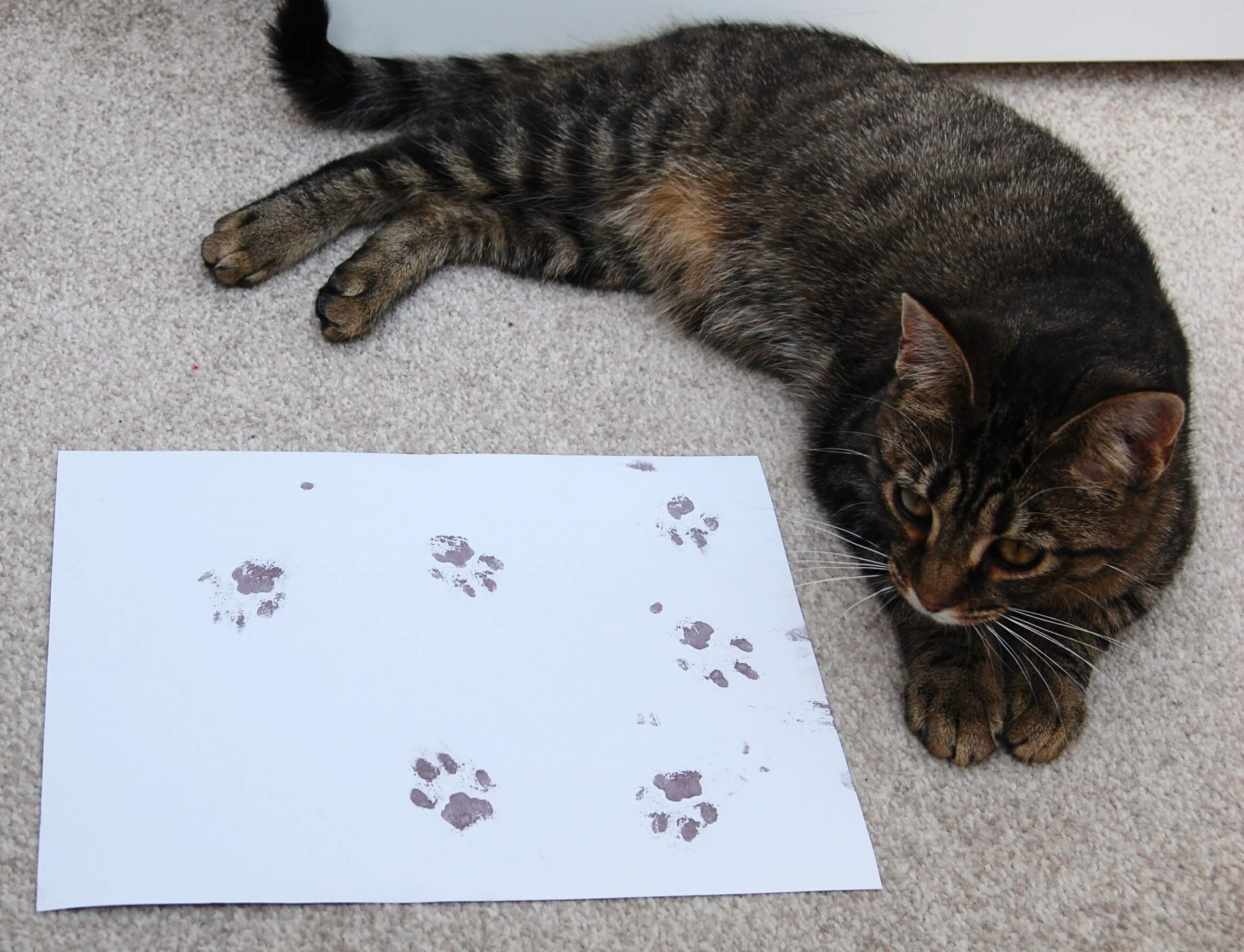Introduction
The paw prints of cats are fascinating and unique, offering a glimpse into their enigmatic world. These intricate impressions are not only visually appealing but also serve various practical purposes, from communication to navigation. In this comprehensive article, we delve into the fascinating realm of cats’ paw prints, exploring their anatomy, functions, and symbolism.

Introduction

Functions of Cat Paw Prints
Cat paw prints serve several essential functions:
- Kitty Cat Paw SVG Kitty Cat Paw SVG: The Purrfect Cut File For All Your Cat-Themed Projects
- Bear Paw SVG File Bear Paw SVG: Unleashing The Spirit Of The Wild
- Portland Texas Cat Paw SVG Portland, Texas Cat Paw SVG: A Symbol Of Feline Charm And Coastal Living
- Dog Pawprints Dog Pawprints: A Unique And Enduring Legacy
- SVG Bear Paw SVG Bear Paw: A Comprehensive Guide
- Ball of the Foot (Metatarsus): The largest and most central part of the paw print, providing support and cushioning.
- Communication: Cats use their paw prints to mark their territory and communicate with other cats. The presence of a paw print signals ownership, warning other cats to stay away.
- Navigation: The rough texture of the toe pads helps cats grip surfaces, allowing them to navigate confidently in various environments.
- Silent Movement: The soft, padded paws enable cats to move stealthily, making them excellent hunters.
- Thermoregulation: The toe pads act as heat dissipators, helping cats regulate their body temperature.
- Self-Grooming: Cats use their paws to groom themselves, removing dirt and loose fur from their bodies.
- Protection: In ancient Egypt, cats were revered as sacred animals, and their paw prints were believed to ward off evil spirits.
- Good Luck: In many cultures, finding a cat paw print is considered a sign of good fortune.
- Playfulness: The playful nature of cats is often associated with their paw prints, representing joy and innocence.
- Curiosity: The exploratory behavior of cats is reflected in their paw prints, which often lead to new and exciting discoveries.
- Breed: Different breeds of cats have distinct paw print sizes and shapes.
- Age: As cats age, their paw prints may become smaller and less defined.
- Health: Medical conditions can affect the appearance of cat paw prints, such as nail deformities or excessive wear.
- Environment: The surface on which a cat walks can influence the size and clarity of its paw print.
The paw prints of cats are fascinating and unique, offering a glimpse into their enigmatic world. These intricate impressions are not only visually appealing but also serve various practical purposes, from communication to navigation. In this comprehensive article, we delve into the fascinating realm of cats’ paw prints, exploring their anatomy, functions, and symbolism.
Anatomy of a Cat’s Paw Print
A cat’s paw print consists of five distinct parts:


Symbolism of Cat Paw Prints
Throughout history, cat paw prints have been imbued with various symbolic meanings:
Variations in Cat Paw Prints
Cat paw prints can vary in size, shape, and color depending on several factors:
FAQs
Q: Can I identify my cat by its paw prints?
A: While paw prints can provide some clues about a cat’s identity, they are not always unique enough for definitive identification.
Q: Why do cats have retractable claws?
A: Retractable claws allow cats to protect their sharp points while walking or running, preserving them for hunting and self-defense.
Q: How can I take a cat’s paw print?
A: To take a cat’s paw print, gently press its paw into a non-toxic ink pad and then onto a piece of paper.
Q: What is a polydactyl cat?
A: Polydactyl cats have more than the usual five toes on each paw, giving them extra toes or "thumbs."
Conclusion
The paw prints of cats are a testament to their enigmatic nature and remarkable abilities. From their practical functions in communication, navigation, and self-grooming to their symbolic meanings of protection, good luck, and playfulness, these intricate impressions provide a fascinating glimpse into the world of our feline companions. By understanding the anatomy, functions, and symbolism of cat paw prints, we can appreciate the unique and captivating characteristics of these beloved creatures.

